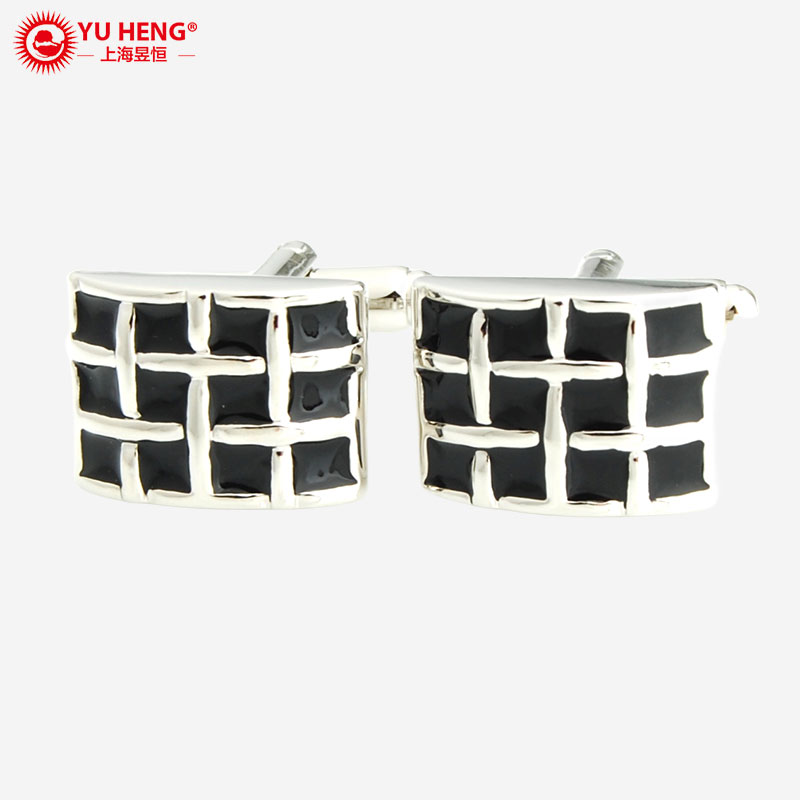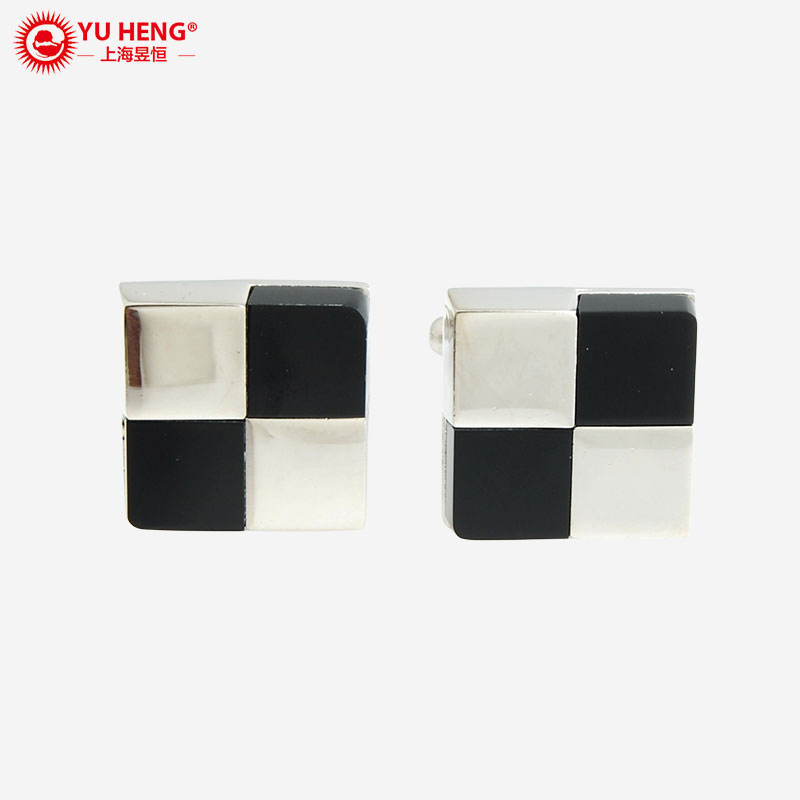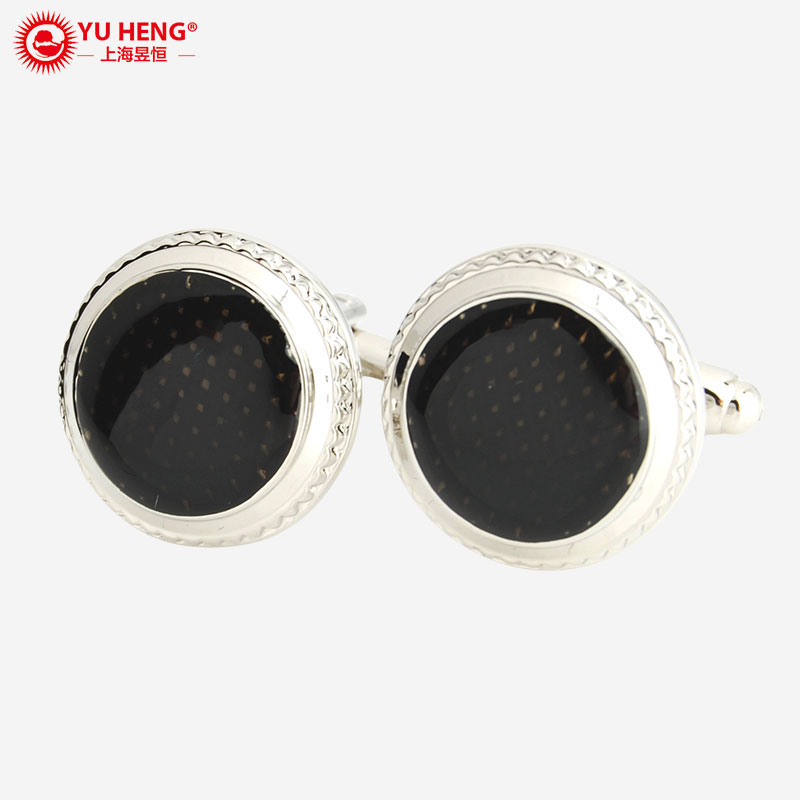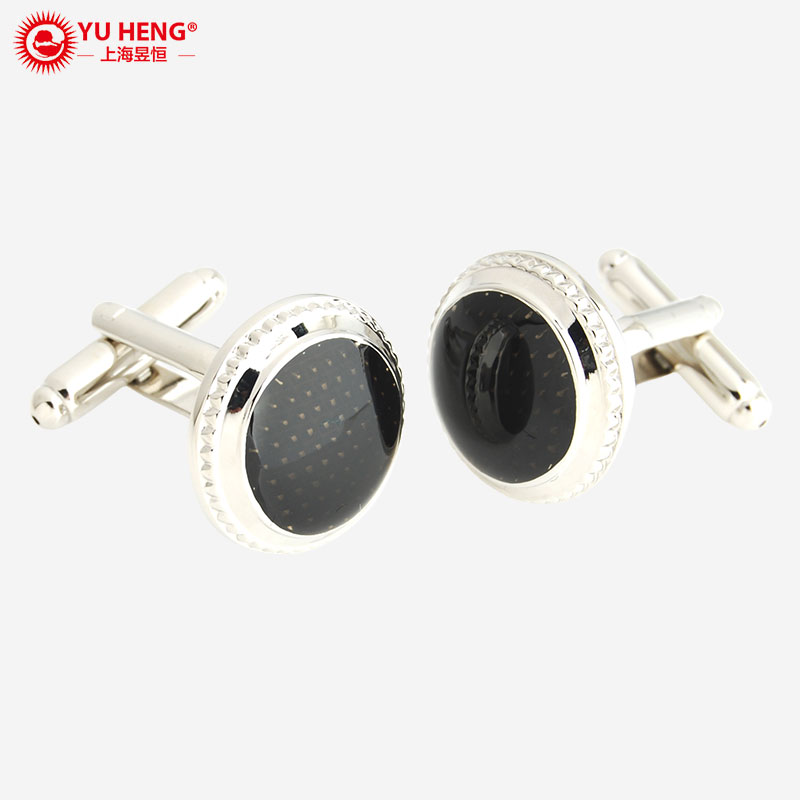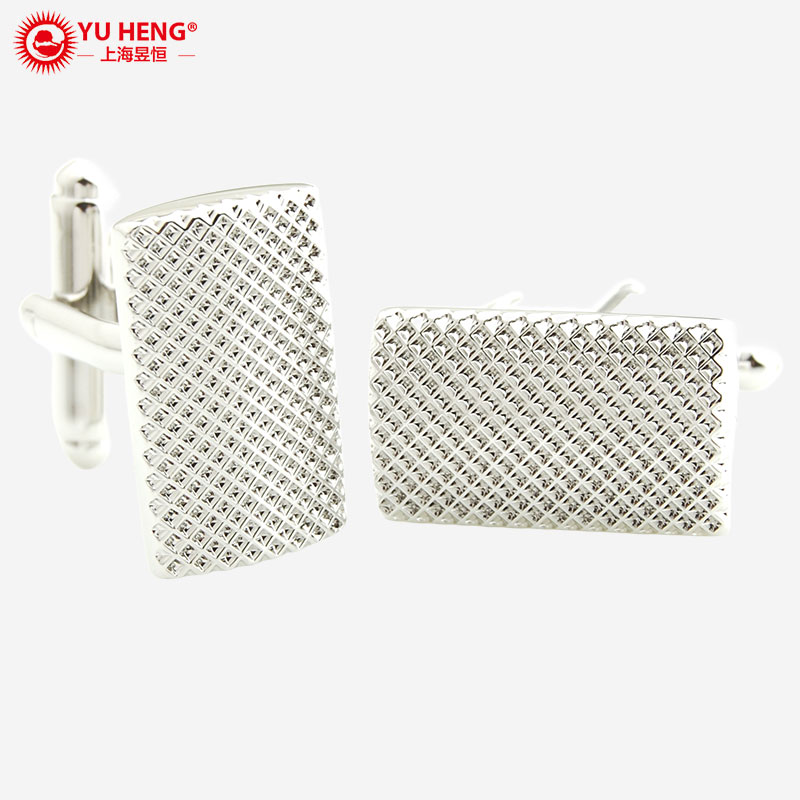When it comes to formal menswear accessories, many people often confuse cufflinks and studs. While both play significant roles in elevating a man’s formal attire, they serve different purposes and are designed for distinct parts of a dress shirt. In this comprehensive guide, we’ll explore the difference between cufflinks and studs, helping you understand how, when, and why to wear them. Whether you’re dressing for a wedding, black-tie gala, or simply upgrading your formal wardrobe, this article will clarify every aspect of these sophisticated accessories.
What Are Cufflinks?
Cufflinks are accessories designed to fasten the cuffs of dress shirts that have no buttons. Typically, they are used with French cuff or double-cuff shirts. Unlike standard button closures, cufflinks slide through the holes in both sides of the cuff and secure them together with a toggle, chain, or fixed post.
Cufflinks come in a vast array of materials such as:
- Brass
- Stainless steel
- Sterling silver
- Gold-plated metal
- Enamel
- Mother-of-pearl
- Onyx
They also vary in design, ranging from minimalist round shapes to intricate personalized styles featuring initials, logos, or novelty elements. Their function is primarily aesthetic, allowing men to express personal style while maintaining a polished, professional, or elegant look.
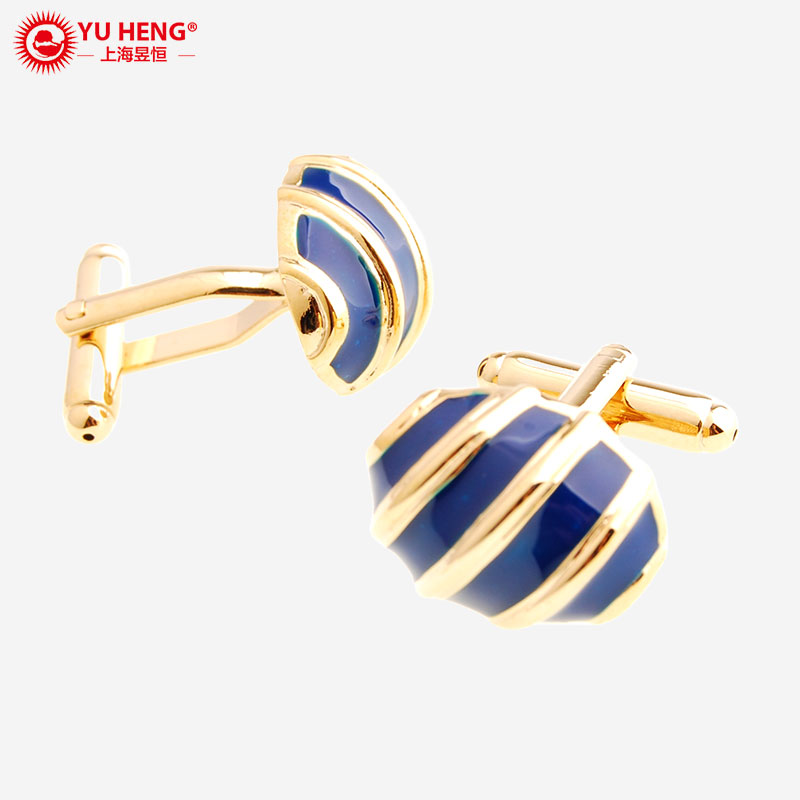
What Are Shirt Studs?
Shirt studs, often referred to as tuxedo studs or dress studs, are decorative fasteners used in place of buttons on the front of formal shirts. These are most commonly worn with pleated-front shirts or tuxedo shirts that come with stud holes. A typical shirt for black-tie events features four stud holes in the front, where the studs are inserted one by one.
Just like cufflinks, shirt studs are available in a wide variety of designs and materials, including:
- Gold or gold-plated studs
- Black onyx studs
- Mother-of-pearl studs
- Custom engraved or monogrammed studs
Their purpose is both functional and decorative. While they hold the shirt closed, they also add a refined visual element to the shirt’s front placket.
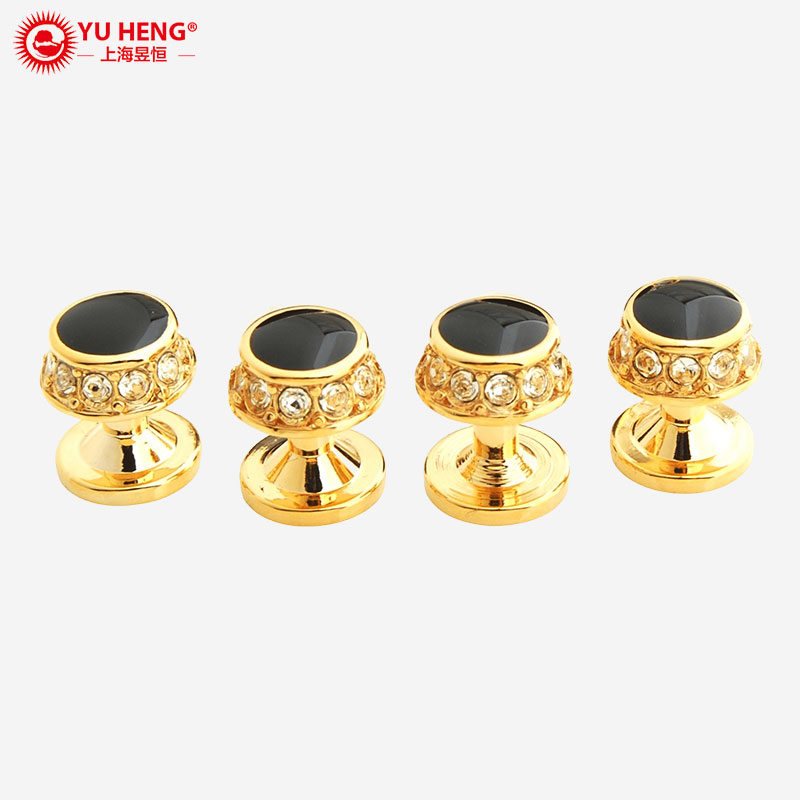
The Key Difference Between Cufflinks and Studs
Understanding the difference between cufflinks and studs boils down to location, purpose, and style application.
| Feature | Cufflinks | Studs |
|---|---|---|
| Location | Worn on the shirt cuffs | Worn on the shirt front placket |
| Function | Fasten French or double cuffs | Replace shirt buttons on formal shirts |
| Occasion | Formal and semi-formal events | Mostly formal events (black tie, white tie) |
| Design Variety | Extensive (classic, novelty, personalized) | Limited to classic or elegant styles |
| Shirt Requirement | French cuff or convertible cuff | Shirt with stud holes |
So, the fundamental difference between cufflinks and studs is their application and intended formality. Cufflinks are more versatile and worn more frequently, while studs are reserved for ultra-formal occasions like tuxedo or white-tie dress codes.
Which Is More Popular: Cufflinks or Studs? Understanding the Market Demand
When discussing the difference between cufflinks and studs, many people wonder which accessory is more popular or sells better in the market. Generally speaking, cufflinks have a much broader appeal and higher sales volume compared to studs. This popularity stems from several factors:
- Versatility: Cufflinks can be worn with a wide variety of shirts and suit styles, including business, semi-formal, and formal occasions. In contrast, studs are almost exclusively reserved for formalwear, such as tuxedos or white-tie events, limiting their use.
- Fashion Trends: Modern men increasingly view cufflinks as a way to express personal style. The market offers a vast range of designs—from classic metal finishes to novelty and personalized options—making cufflinks attractive to younger and older consumers alike.
- Everyday Use: Since French cuff shirts are common in business and smart-casual wardrobes, cufflinks enjoy consistent demand. Studs, on the other hand, are purchased mostly for special occasions, which naturally narrows their market size.
- Gifting and Collecting: Cufflinks are also popular gifts for weddings, anniversaries, or corporate events, boosting their sales. Collectors appreciate the variety and craftsmanship involved in cufflink designs.
The main markets driving cufflink sales include the United States, the United Kingdom, Australia, and parts of Europe, where formal business and social dressing remain important. Studs find their niche mostly among formal event attendees and in luxury retail segments.
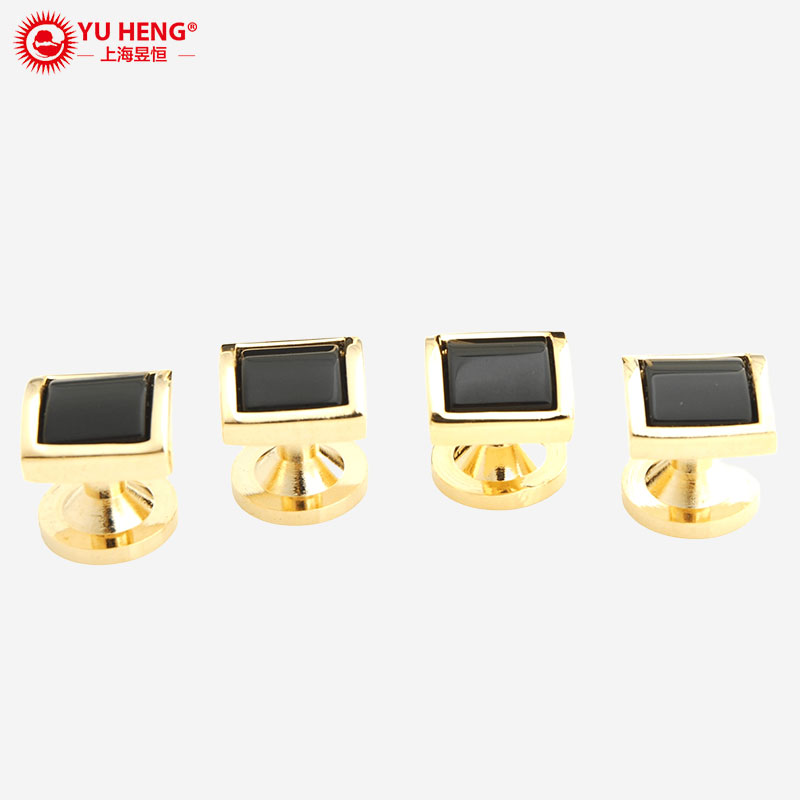
When to Wear Cufflinks and Studs
Cufflinks
You can wear cufflinks at various events and occasions, including:
- Weddings (as groom, groomsmen, or guest)
- Business meetings
- Cocktail parties
- Holiday gatherings
- Award ceremonies
They are a must-have accessory for anyone looking to add a touch of elegance and sophistication to their outfit. Cufflinks are commonly seen paired with:
- French cuff shirts
- Three-piece suits
- Tuxedos
Shirt Studs
Studs, on the other hand, are more exclusive and formal. You should wear them:
- At black-tie events
- For white-tie galas
- During formal weddings
- At state dinners or operas
They are part of a traditional dress code and are almost never worn casually. If the dress code specifies a tuxedo or formalwear, you’ll most likely need shirt studs along with cufflinks.
Material & Design Differences
Another difference between cufflinks and studs lies in their typical material choices and design limitations.
Cufflink Designs:
- Bullet-back and toggle closure (most common)
- Chain link
- Whale-back
- Fixed back
- Knot cufflinks
- Personalized or novelty designs
Stud Designs:
- Snap-on or post-style insert
- Usually uniform in size and design (come in sets of 3–5)
- Smaller and flatter profile for a subtle look
Cufflinks are often statement pieces, while studs are understated and symmetrical by necessity.
How to Wear Cufflinks vs. Studs
Wearing Cufflinks:
- Wear a French cuff or convertible cuff shirt.
- Fold the cuff so that the holes align.
- Insert the cufflink post through the holes.
- Secure with the toggle, chain, or fixed back.
Wearing Studs:
- Wear a tuxedo shirt with front stud holes.
- Unbutton the shirt to access the stud hole system.
- Insert the stud through the small hole on the inside placket.
- Push it through the buttonhole on the front of the shirt.
- Repeat for each stud (usually 3–5).
Note: Studs are more delicate to insert and may require some patience.

Cufflinks and Studs in Black Tie vs. White Tie Events
In formalwear, understanding the difference between cufflinks and studs is critical to dressing correctly for the event type.
Black Tie
- Tuxedo with satin lapels
- Black formal trousers
- White pleated-front or pique shirt with stud holes
- Black silk bow tie
- Shirt studs and cufflinks are both worn
White Tie
- White bow tie
- Black tailcoat and matching trousers
- White piqué-front shirt with stiff detachable collar
- White or mother-of-pearl studs
- Matching cufflinks, often in gold or platinum
Wearing improper accessories in these settings can easily make one appear underdressed or misinformed.
Styling Tips for Modern Men
Match the metal color of your cufflinks and studs with your watch, belt buckle, and rings.
Avoid mixing gold and silver tones unless deliberately styled.
For weddings, opt for subtle elegance—classic onyx or mother-of-pearl.
For corporate events, minimal or monogrammed cufflinks add a refined touch.
For fashion-forward individuals, choose novelty or artistic cufflinks to show personality.
Though shirt studs are less about fashion statements and more about tradition, there’s still room to choose options that reflect elegance and personal taste.
Care and Storage for Cufflinks and Studs
Both cufflinks and studs are delicate accessories and deserve proper care.
Cleaning:
- Use a soft cloth to clean after each use.
- Avoid harsh chemicals or abrasive materials.
- For gemstones or inlays, use specialized jewelry cleaners.
Storage:
- Keep them in a dedicated cufflink/stud box or compartment.
- Avoid mixing with other jewelry to prevent scratching.
- Store in a dry, cool environment to avoid tarnish.
Proper care will ensure your accessories maintain their luster and function for years to come.
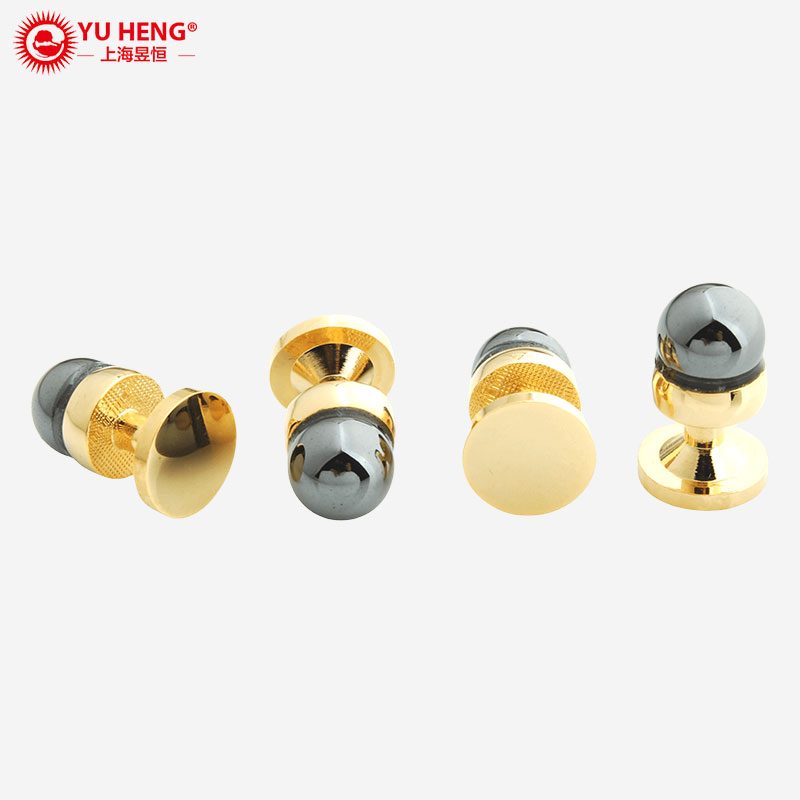
Final Thoughts
Understanding the difference between cufflinks and studs is essential for any man who values classic style and proper dress etiquette. While cufflinks are versatile, stylish, and suitable for a range of formal and semi-formal occasions, studs are more reserved for black-tie or white-tie events. Both accessories add an elegant touch to any outfit, enhancing the sophistication and polish of formal menswear.
Whether you’re preparing for your first tuxedoed event or looking to invest in quality accessories, knowing the difference between cufflinks and studs ensures you always dress appropriately and confidently. From the materials and designs to the proper usage and etiquette, these seemingly small details can have a powerful impact on your appearance.
If you’re interested in sourcing high-quality cufflinks or shirt studs, consider looking for manufacturers that offer customizable, brass-based, gold or silver-plated options to meet your personal or retail needs. Make sure your next formal event reflects your best self—right down to the smallest detail. Feel free to contact Shanghai Yuheng.


